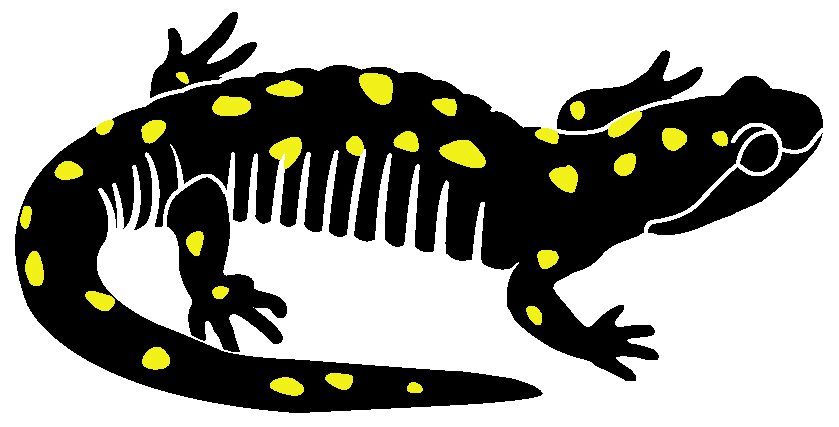Invertebrates
Invertebrates are prime organisms in vernal pools, though perhaps not the premier organisms in the eye of the public. The amphibians get the glory but the inverts have their own thing going on. They eat algae, shred leaves, consume detritus, eat each other, and are there as food for salamander larvae and some organisms which visit vernal pools as a feeding resource. And, yes, some of them do consume amphibians. Everything is eaten by something.
I first visited vernal pools as a kid, chasing the tadpoles, trying to catch the frogs, and wondering why I found no fish. By high school, they were my source for hydra and planaria and the occasional sponge. At that time, I didn't know the term "vernal pool". Now, in retirement, I revel in the complexity of life in a vernal pool and try to photograph everything.
LPK
Our invertebrate section is not ready. Please enjoy a sampling of invert pics and comments while we work on this section behind the scenes.

A recently emerged adult chironomid midge on the surface of a vernal pool.

Phantom midge larvae. This transparent (less than an inch) larva is a predator of small invertebrates. With the "ballast tanks", the bright ovals at the front and rear, the larvae is able to float motionless in the pool waiting for food to move by. It uses a pair of enlarged antennae to capture prey.

Isopods are scavengers and detritivores. They feed of dead and dying aquatic animals, live and decaying leaves and aquatic vegetation. They break down plant and animal material in a vernal pool into smaller pieces.

Isopod. This female, viewed from below, has a brood pouch with eggs.

Planaria are free-living (non-parasitic) flatworms. Many species are found in vernal pools.

Green planarian. Planaria are small unsegmented flatworms which are not parasitic. They feed on detritus within the muck and leaf litter of the pool bottom. The green planarian (Dalyellia viridis) is green because of the symbiotic zoochlorellae (algae) within its body.

These small crustaceans (.2" to .4") are also known as sideswimmers or scuds. They can be seen darting through the water or found amidst the decaying leaves and vegetation on the bottom of a pool.

Cyclopoid copepod. Copepods are small (less than .2 inch) crustaceans that are an important food source for the various predatory insects and amphibians in a vernal pool. There are three orders of copepods, the Cyclopodia (shown here) are predatory on other micro-creatures. The clusters at the base of this copepod are eggs. Attached to the animal are harmless algae (green) and the protozoan vorticella (cup-like structures on the right).

Many invertebrates hunt by movement without "thinking" about if they can eat what they catch. This long-legged water scorpion nymph has captured a red water mite. After ten minutes of poking and trying to pierce the skin of the mite to suck out its juices, the water scorpion let it go. The mite swam off.

These insects are found in some vernal pools where they feed on the plant and animal detritus (decayed matter). They emerge as a non-feeding adult which lives for only a few days with the sole purpose of mating and laying eggs for next year's nymphs.

Turtle leech. The leech will carry the young on the underside for a period of time. In this ventral view, the round structure at the left end of the leech is the sucker it uses to hold on to something (you?). The mouth is at the narrow right end.

The green hydra (Hydra viridissima) is common in vernal pools but often overlooked as it contracts into a green blob when disturbed. The color is from a symbiotic green alga which supplies some energy to the hydra making it less predacious than other hydra.

There is a lot going on here. The water bug nymph has captured and has eaten a daphnia. However, the water bug is itself parasitized by water mites (bright red globes on the head) and has colonies of non-parasitic protozoans attached to its body (white and grey clumps).

The structures to the left are the incurrent and excurrent siphons through which the clam moves water for oxygen and food. Clams filter small particles from the water as a food source. The structure at the top is the muscular foot for movement. Fingernail clams are no larger than a small fingernail.
